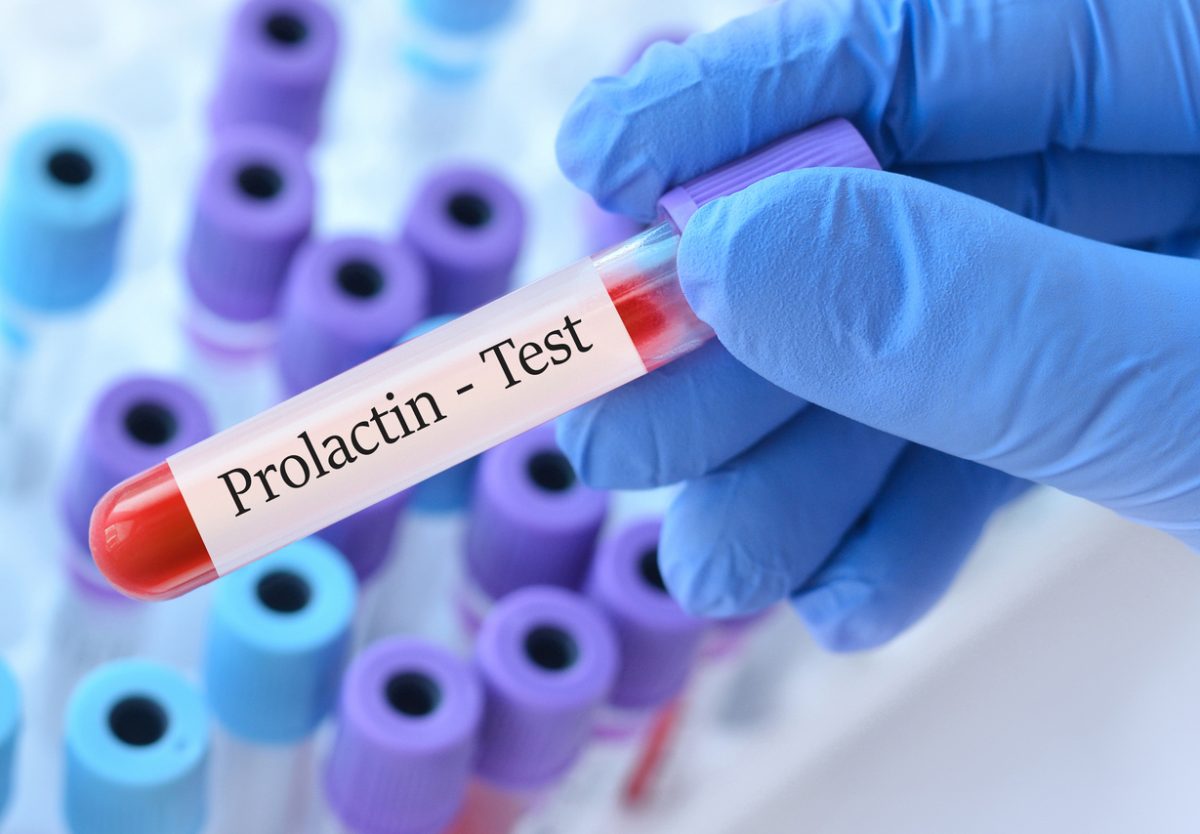
The Perfusion Pattern in a Patient With Lithium Intoxication Mimicking Creutzfeldt-Jakob Disease
Lithium intoxication exhibits a wide range of neurologic manifestations including tremor, ataxia, nystagmus, dysarthria, and parkinsonian symptoms. When lithium intoxication manifests as cognitive decline, myoclonus, and tremor, it can be difficult to distinguish from Creutzfeldt-Jakob disease (CJD) because diagnosis of possible CJD can be made if the patient has 2 or more of following clinical features with a duration less than 2 years: dementia, visual or cerebellar dysfunction, pyramidal or extrapyramidal signs, and akinetic mutism.1 After its first description by Smith and Kocen,2 a few cases of lithium-induced encephalopathy mimicking CJD have been reported (eg, Kikyo et al3). Here we report a patient who was treated with lithium and developed subacute myoclonus and cognitive dysfunction, with changes in perfusion pattern identified using brain single-photon emission computed tomography (SPECT).
Case report. Ms A, a 65-year-old woman, presented with subacute cognitive dysfunction. She had DSM-IV bipolar II disorder and had been treated with lithium carbonate 600 mg/d for 2 months before admission. One week before admission, family members observed memory decline, spatial disorientation, and difficulty in naming and conversation, which progressed over several days. On admission, she was disoriented and barely performed 2-step commands. The initial Mini-Mental State Examination (MMSE)4 score was 9, and detailed neuropsychological testing showed global dysfunction in all cognitive domains. Irregular, unpredictable jerky movements compatible with myoclonus were noted in the upper extremities when she stretched her arms. In addition to her demonstrating terminal dysmetria on the finger-to-nose test, her gait was ataxic with a wide base. There were no pathological reflexes. The serum lithium level was 2.08 mmol/L. A cerebrospinal fluid (CSF) examination revealed no abnormalities and, contrary to what is found with CJD, no 14-3-3 protein was detected in the CSF.
Brain magnetic resonance imaging revealed no abnormalities, and electroencephalography showed diffuse theta to delta slowing without periodic sharp waves. Initial brain SPECT with 99mTc-HMPAO revealed decreased perfusion in the cerebellar cortex and the entire cerebral cortex (Figure 1A). On discontinuation of lithium, her cognitive performance and gait improved over a few days. On the 4th day after admission, the serum lithium level dropped to 0.59 mmol/L and her myoclonic jerks disappeared. One month after admission, her cognitive performance had nearly returned to its previous status and her MMSE score was 28. Follow-up brain SPECT 1 month after admission showed improved cerebellar and cortical perfusion (Figure 1B). Analysis of subtraction images (follow-up SPECT image minus initial SPECT image) revealed that brain areas with 20% increased ligand uptake were localized in the cerebellar and cerebral cortices, including the frontal, parietal, and cingulate areas (Figure 1C).
In the present case report, an analysis of subtraction SPECT imaging revealed a perfusion gap in the cerebral cortex, including frontal, parietal, and cingulate areas. This finding concurs with a report of decreased perfusion in the temporoparietal and posterior parieto-occipital areas in a patient with lithium intoxication.5 Lithium is known to reduce neuronal activity in animal study.6 Consequently, decreased cerebral perfusion throughout the cerebral cortex might explain the profound cognitive dysfunction in our patient. A perfusion gap was also noted in the cerebellar cortex. Cerebellar signs are a predominant manifestation of lithium neurotoxicity,7 and neuropathological studies in a patient with lithium intoxication demonstrated cerebellar cortical atrophy with Purkinje cell loss and spongiform changes in the cerebellar white matter.8 The gait ataxia and dysmetria observed in our patient matched the perfusion deficit in the cerebellum.
This case emphasizes the importance of searching for treatable etiologies when a patient presents with CJD-like symptoms, and a perfusion study provides functional neuroanatomical correlates of the neurologic manifestations of lithium intoxication that mimics CJD.
References
1. Zerr I, Kallenberg K, Summers DM, et al. Updated clinical diagnostic criteria for sporadic Creutzfeldt-Jakob disease. Brain. 2009;132(10):2659-2668. PubMed doi:10.1093/brain/awp191
2. Smith SJ, Kocen RS. A Creutzfeldt-Jakob like syndrome due to lithium toxicity. J Neurol Neurosurg Psychiatry. 1988;51(1):120-123. PubMed doi:10.1136/jnnp.51.1.120
3. Kikyo H, Furukawa T. Creutzfeldt-Jakob-like syndrome induced by lithium, levomepromazine, and phenobarbitone. J Neurol Neurosurg Psychiatry. 1999;66(6):802-803. PubMed doi:10.1136/jnnp.66.6.802
4. Folstein MF, Folstein SE, McHugh PR. "Mini-mental state." A practical method for grading the cognitive state of patients for the clinician. J Psychiatr Res. 1975;12(3):189-198. PubMed doi:10.1016/0022-3956(75)90026-6
5. Sheehan W, Thurber S. SPECT and neuropsychological measures of lithium toxicity. Aust N Z J Psychiatry. 2006;40(3):277. PubMed
6. Lambert PD, McGirr KM, Ely TD, et al. Chronic lithium treatment decreases neuronal activity in the nucleus accumbens and cingulate cortex of the rat. Neuropsychopharmacology. 1999;21(2):229-237. PubMed doi:10.1016/S0893-133X(98)00117-1
7. Nagaraja D, Taly AB, Sahu RN, et al. Permanent neurological sequelae due to lithium toxicity. Clin Neurol Neurosurg. 1987;89(1):31-34. PubMed doi:10.1016/S0303-8467(87)80072-0
8. Schneider JA, Mirra SS. Neuropathologic correlates of persistent neurologic deficit in lithium intoxication. Ann Neurol. 1994;36(6):928-931. PubMed doi:10.1002/ana.410360621
Drug name: lithium (Lithobid and others).
Corresponding author: Phil Hyu Lee, MD, PhD, Department of Neurology, Yonsei University College of Medicine, 250 Seongsannom Seodaemun-gu, Seoul 120-752, South Korea ([email protected]).
Author affiliations: Department of Neurology (Drs Kim, Sunwoo, Hong, and P. H. Lee) and Division of Nuclear Medicine, Department of Diagnostic Radiology (Dr J. D. Lee), Yonsei University College of Medicine; and Severance Biomedical Science Institute (Dr P. H. Lee), Seoul, Korea.
Author contributions: Drs Kim and P. H. Lee: case concept and analysis; Drs. Kim, Sunwoo, and Hong: acquisition of data; Dr J. D. Lee: analysis and interpretation; Drs Sunwoo and Hong: critical revision of the manuscript for important intellectual content; and Dr P. H. Lee: case supervision.
Potential conflicts of interest: None reported.
Funding/support: This report was supported by a grant of the Korea Healthcare technology R&D Project, Ministry for Health, Welfare & Family Affairs, Republic of Korea (A091159) to Dr P. H. Lee.
J Clin Psychiatry 2013;74(12):e1134-e1135 (doi:10.4088/JCP.13cr08505).
© Copyright 2013 Physicians Postgraduate Press, Inc.




